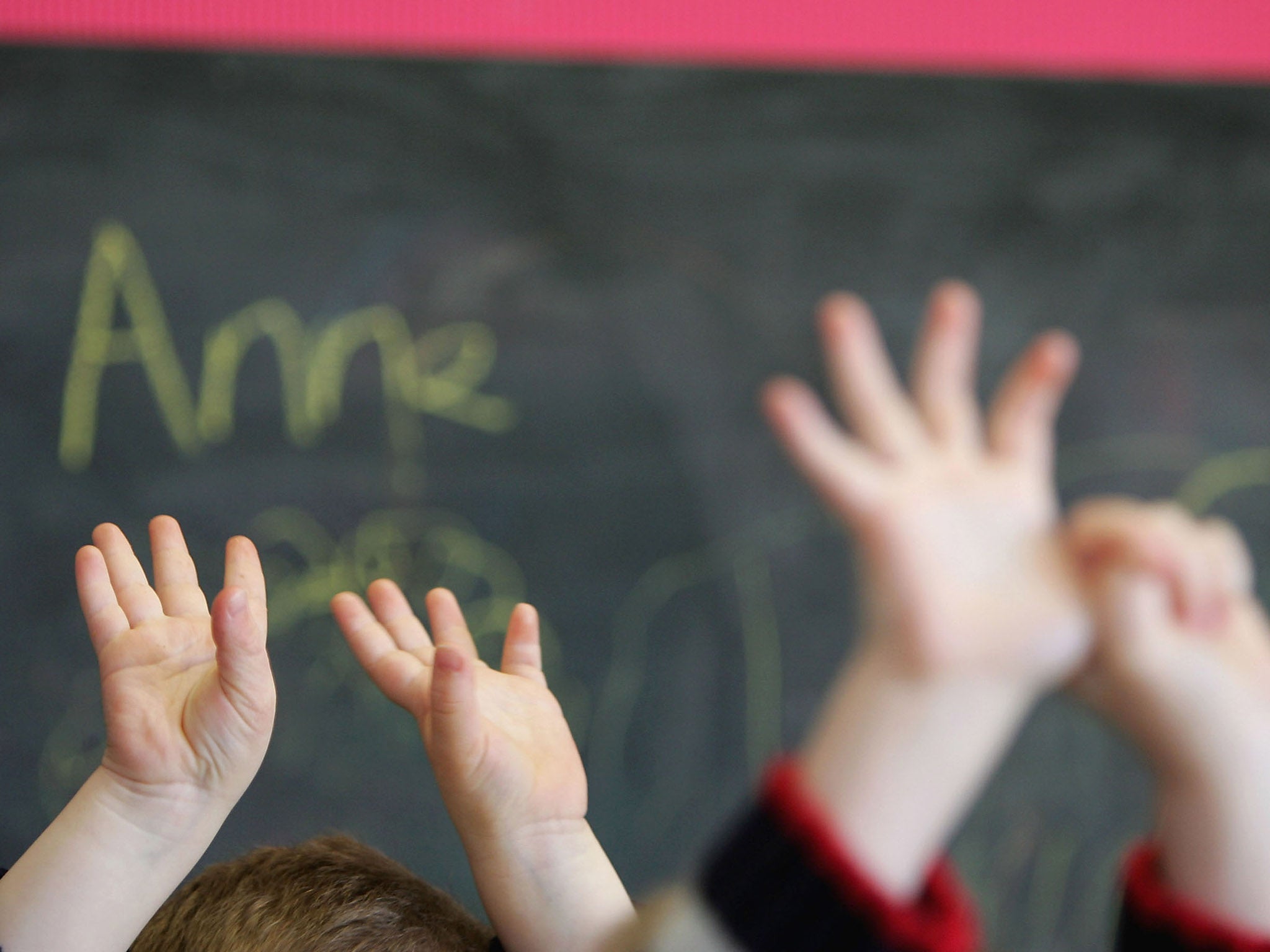Equalities watchdog launches inquiry into pupil restraint in schools amid concerns from parents
Children with special needs are being injured, writes Eleanor Busby


Schools will be investigated by the equalities watchdog over their use of physical restraint following widespread concerns about the “traumatic” impact on children.
The Equality and Human Rights Commission (EHRC) has launched a formal inquiry into how schools are monitoring and recording the use of restraint to ensure methods are used appropriately in classrooms.
There is almost no official data on how and when restraint is used in schools even though techniques can be “distressing” to children and can undermine their learning, the watchdog has said.
It comes after parents have warned that children with special educational needs have been physically restrained in school as much as 80 times in just a matter of months, leaving them injured.
Last year, families launched a campaign calling on the government to better regulate the use of restraint in schools to stop vulnerable children from being “hurt every day”.
Beth Morrison, who launched a 10-year campaign against restraint after her 11-year-old son Calum came home from school covered in bruises, is relieved that the EHRC will finally investigate the issue.
She said: “It is a human rights scandal – the use of restraint and seclusion in schools for children. Schools are supposed to be a place where children are safe but injuries are happening because of restraint.
“There is no accountability for schools. Children are being physically and emotionally harmed in a place where they are supposed to be safe.”
There is currently no legal duty on schools to record or report incidents of restraint to families which means that the scale of restraint and other restrictive interventions in British schools is unknown.
A separate report from campaigners and charities, published on Monday, highlighted how more than 700 families of children with disabilities across the UK have experienced restrictive interventions.
More than a quarter of the case studies of restrictive interventions in school began when the child was only six-years-old, the report suggests, and one child was as young as two-years-old.
The new intervention from the watchdog will seek to find out whether schools in England and Wales are collecting information and whether they are using it to inform improvements to how they use restraint.
On her own son’s experience, Ms Morrison added: “The bruises healed but the trauma didn’t. Calum had a nervous breakdown and he begged everyday not to go to school.”
David Isaac, chair of the EHRC, said: “Our schools must be safe places for all children and restraint should only be used as a last resort for the safety of any child and those around them.
“There are specific safeguards in place in the youth justice system and mental health units, but these are not mirrored in the education system.
“It is essential that we find out whether appropriate action is being taken to understand how restraint is being used so that all children are protected, treated with dignity and able to reach their full potential through education.”
Geoff Barton, general secretary of the Association of School and College Leaders (ASCL), said: “It is common practice to record any incidents in which physical restraint is used and to then use that data to monitor trends and inform policies.
“Restraint is used only in extreme circumstances to prevent a pupil harming someone else or themselves, and our experience is that it is very carefully managed. We welcome the inquiry by the Equality and Human Rights Commission in identifying any areas for improvement.”
In June, the Department for Education (DfE) and the Department for Health and Social Care published guidance on reducing restraint in health and social care services and special education settings. A consultation was also launched on whether guidance is needed on restraint in mainstream schools.
A DfE spokesperson said: “Schools should be safe and calm environments for every pupil. We expect schools to look at the reasons for a pupil’s challenging behaviour – including mental health and special educational needs – and to have appropriate behaviour management policies in place to help prevent situations before they arise.”
Join our commenting forum
Join thought-provoking conversations, follow other Independent readers and see their replies
Comments